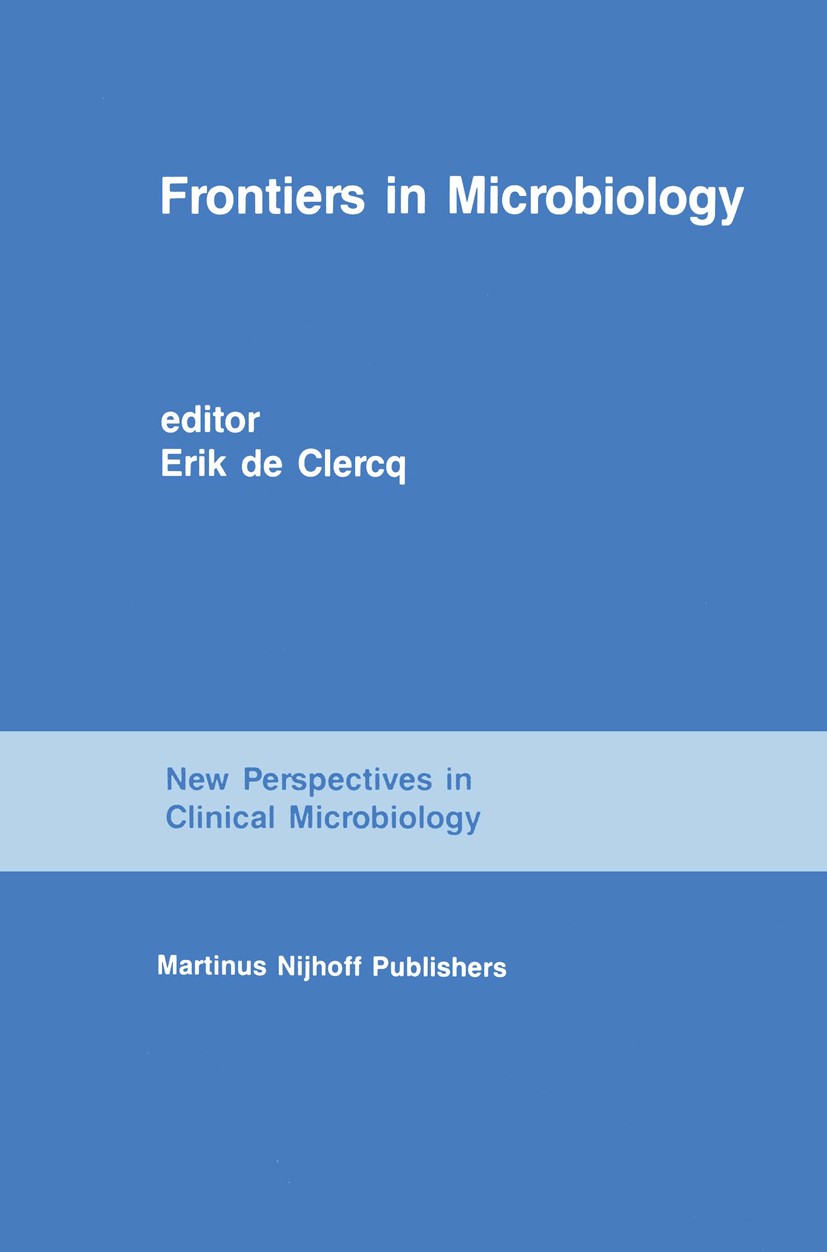丛枝菌根真菌下层中依赖养分的跨领域相互作用
IF 4
2区 生物学
Q2 MICROBIOLOGY
引用次数: 0
摘要
引言 树胶菌根(AM)真菌的气圈中充满了微生物。方法我们研究了微生物群落(原核生物、真菌、原生动物)如何受到根圈和无根区AM真菌Rhizophagus irregularis的影响,以及向无根区补充不同的氮(N)和磷(P)如何影响群落。结果AM真菌的存在极大地影响了根圈和无根区的微生物群落,其中原核生物群落受到的影响最大。原核生物是唯一一个因 AM 真菌的存在而显著降低其丰富度和多样性的微生物群落。我们的研究结果表明,AM 真菌在局部斑块中遇到的养分类型会调节表层微生物群落的结构。相反,我们没有观察到AM真菌对(非菌根)真菌群落组成的任何影响。与非菌根对照组相比,有 AM 真菌的无根区(即 AM 真菌下层)富含 Alphaproteobacteria、一些微噬菌类和共生细菌类群(如黄单胞菌科和类菌群),以及特征不明显、尚未培养的酸性杆菌亚群 GP17,尤其是在添加植酸的情况下。共生网络分析显示,有 AM 真菌存在时,无根区的微生物群落复杂且相互关联,有更多的关键物种,特别是在无根区添加植酸盐时。结论我们的研究表明,尽管假定存在稳定和特定的AM真菌下层微生物群落,但养分的形式是AM真菌下层原核和真核群落组合的重要驱动因素。特定微生物类群的可预测反应将为将它们作为与AM真菌共同接种的菌种提供可能性,例如,用于提高作物产量。本文章由计算机程序翻译,如有差异,请以英文原文为准。
Nutrient-dependent cross-kingdom interactions in the hyphosphere of an arbuscular mycorrhizal fungus
IntroductionThe hyphosphere of arbuscular mycorrhizal (AM) fungi is teeming with microbial life. Yet, the influence of nutrient availability or nutrient forms on the hyphosphere microbiomes is still poorly understood.MethodsHere, we examined how the microbial community (prokaryotic, fungal, protistan) was affected by the presence of the AM fungus Rhizophagus irregularis in the rhizosphere and the root-free zone, and how different nitrogen (N) and phosphorus (P) supplements into the root-free compartment influenced the communities.ResultsThe presence of AM fungus greatly affected microbial communities both in the rhizosphere and the root-free zone, with prokaryotic communities being affected the most. Protists were the only group of microbes whose richness and diversity were significantly reduced by the presence of the AM fungus. Our results showed that the type of nutrients AM fungi encounter in localized patches modulate the structure of hyphosphere microbial communities. In contrast we did not observe any effects of the AM fungus on (non-mycorrhizal) fungal community composition. Compared to the non-mycorrhizal control, the root-free zone with the AM fungus (i.e., the AM fungal hyphosphere) was enriched with Alphaproteobacteria , some micropredatory and copiotroph bacterial taxa (e.g., Xanthomonadaceae and Bacteroidota ), and the poorly characterized and not yet cultured Acidobacteriota subgroup GP17, especially when phytate was added. Ammonia-oxidizing Nitrosomonas and nitrite-oxidizing Nitrospira were significantly suppressed in the presence of the AM fungus in the root-free compartment, especially upon addition of inorganic N. Co-occurrence network analyses revealed that microbial communities in the root-free compartment were complex and interconnected with more keystone species when AM fungus was present, especially when the root-free compartment was amended with phytate.ConclusionOur study showed that the form of nutrients is an important driver of prokaryotic and eukaryotic community assembly in the AM fungal hyphosphere, despite the assumed presence of a stable and specific AM fungal hyphoplane microbiome. Predictable responses of specific microbial taxa will open the possibility of using them as co-inoculants with AM fungi, e.g., to improve crop performance.
求助全文
通过发布文献求助,成功后即可免费获取论文全文。
去求助
来源期刊

Frontiers in Microbiology
MICROBIOLOGY-
CiteScore
7.70
自引率
9.60%
发文量
4837
审稿时长
14 weeks
期刊介绍:
Frontiers in Microbiology is a leading journal in its field, publishing rigorously peer-reviewed research across the entire spectrum of microbiology. Field Chief Editor Martin G. Klotz at Washington State University is supported by an outstanding Editorial Board of international researchers. This multidisciplinary open-access journal is at the forefront of disseminating and communicating scientific knowledge and impactful discoveries to researchers, academics, clinicians and the public worldwide.
 求助内容:
求助内容: 应助结果提醒方式:
应助结果提醒方式:


